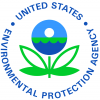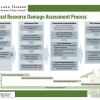Natural Resource Damage Assessment
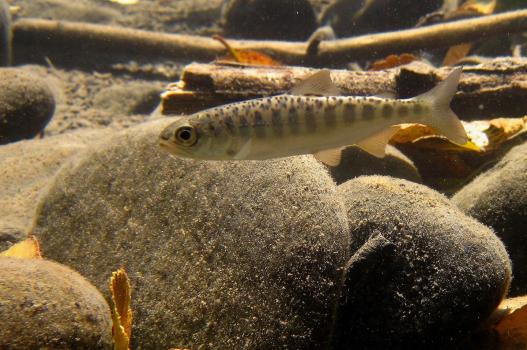
Juvenile Chinook salmon
The ultimate goal of Natural Resource Damage Assessment (NRDA) is restoration of natural resources and the services provided by those resources. Important natural resources and services in the Portland Harbor area include the following:
Natural Resources
- Fish, like salmon and lamprey
- Mammals, like mink and river otter
- Birds, like osprey and bald eagle
- Water
- Sediment
Natural Resource Services
- Recreation, like fishing and wildlife viewing
- Habitat for fish and wildlife
- Cultural uses and values for tribal members
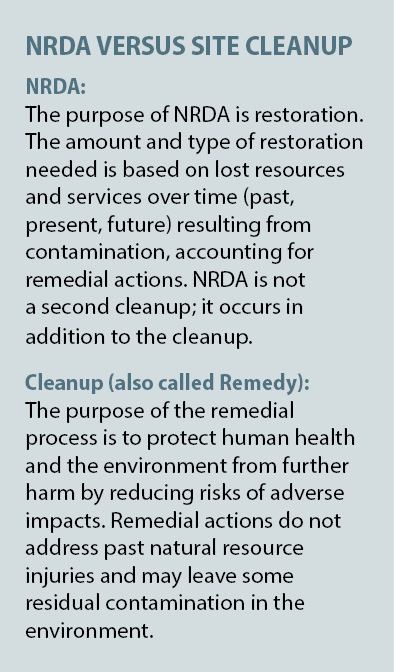
The Portland Harbor Natural Resource Trustee Council (Trustee Council) determines the extent of restoration needed by evaluating the injury caused by releases of hazardous substances. The Trustee Council is empowered by laws such as the Comprehensive Environmental Response, Compensation and Liability Act (CERCLA) and the Oil Pollution Act (OPA) to seek compensation on behalf of the public for injuries to resources. The Trustee Council will use that compensation to plan and carry out restoration through the NRDA process.
In NRDA, injury is a measurable decrease, destruction, or loss of a resource or service due to contamination. Examples of injury can include the following:
- Lower growth and survival rates in fish,
- Lower nesting success in birds,
- Wetlands unable to support vegetation and biota, and
- Decreased quality of fishing experience due to fish consumption advisories
Once the injuries are known, the Trustee Council determines the appropriate types and amounts of restoration needed to compensate for losses and the corresponding damages. Damages include not only the amount of money needed to plan for and implement restoration, but also what it cost the Trustee Council to complete the injury assessment. The Trustee Council seeks to recover the damages from parties potentially responsible for contamination.
Portland Harbor NRDA
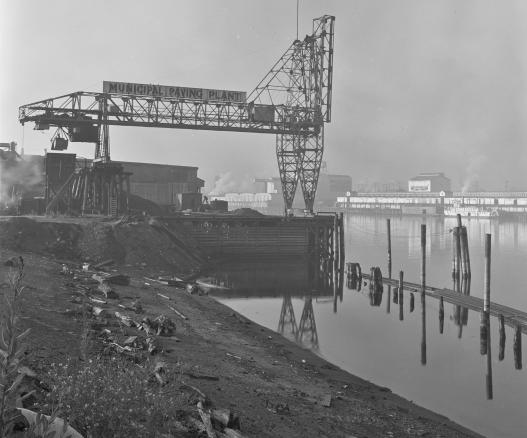
Municipal Paving Plant industrial crane on the banks of the Willamette River, 1939
Oregon Historical Society - Minor White Negatives Collection
For decades, industries along the lower Willamette River have released dozens of contaminants into the river and onto the land around it. Substances released include polychlorinated biphenyls (PCBs), polycyclic aromatic hydrocarbons (PAHs), metals, pesticides (e.g., DDT), dioxins, and furans. These contaminants remain in the environment and can cause environmental harm for decades. Even small amounts of these contaminants can be hazardous to fish and wildlife because of their toxicity and tendency to accumulate in tissues. Larger animals like osprey and river otter that eat contaminated smaller animals (e.g., fish) can build up high levels of contamination through their food.
In 2000, Portland Harbor was declared a federal Superfund site. The Superfund study area extends from river mile 2 (between the Multnomah Channel and Columbia River) to river mile 11.8 (near the Broadway Bridge). The Environmental Protection Agency (EPA) issued a decision about cleanup of contaminated river sediments in 2017, and the Oregon Department of Environmental Quality is working to reduce the amount of contamination entering the water from sources on land.
The Trustee Council was formed in 2002 to develop and coordinate damage assessment activities and plan for restoration at Portland Harbor through the NRDA process. The NRDA process is separate from cleanup activities directed by the EPA and the State of Oregon. Through the NRDA, the Trustee Council is evaluating how natural resources and resource services were harmed over time by contamination released into the Assessment Area and is implementing a restoration program to compensate the public for those losses.
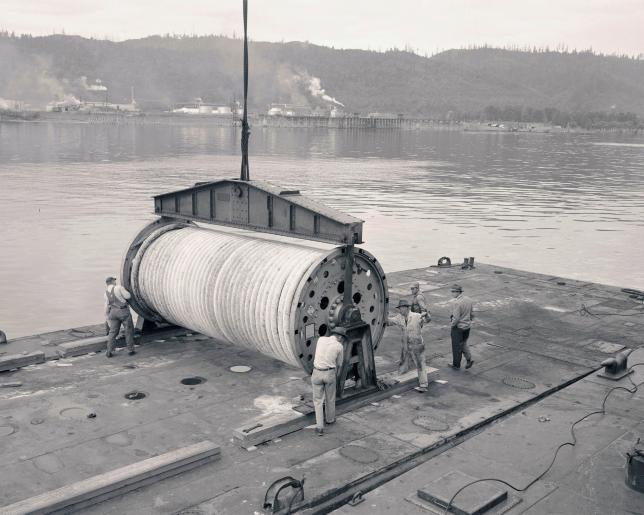
Industrial workers along the Willamette River, 1950
Oregon Historical Society - Portland General Electric Photograph Collection
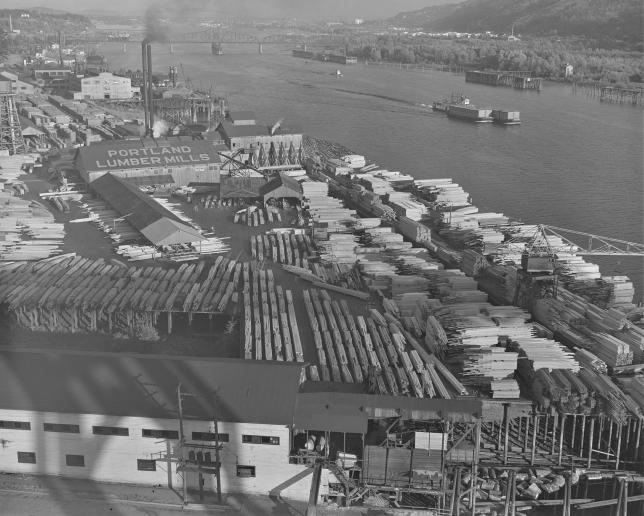
Portland Lumber Yard in St. Johns along the Willamette River, 1939
Oregon Historical Society - Minor White Negatives Collection
Portland Harbor Phased NRDA Approach
To support a cost-effective process that achieves restoration as soon as possible, the Trustee Council is conducting a phased NRDA at Portland Harbor:
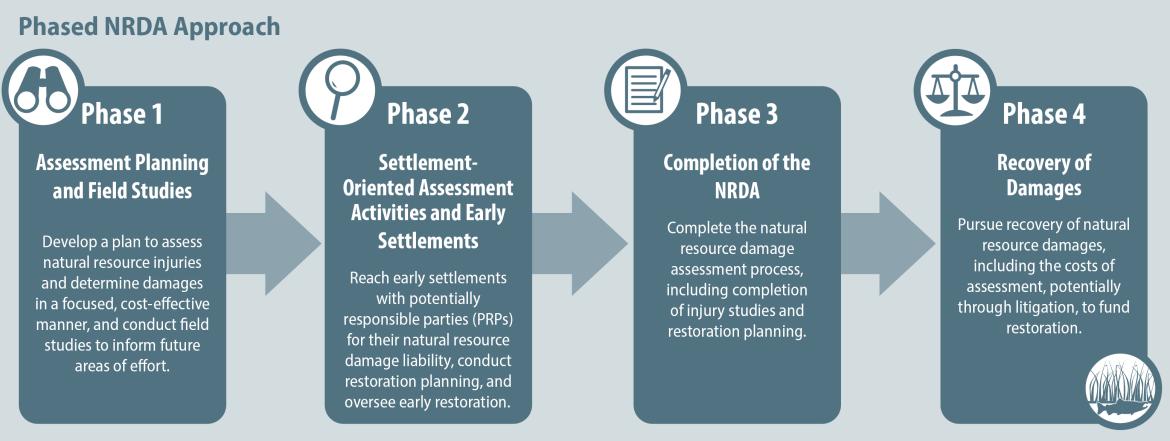
The Damage Assessment Timeline shows approximately how the phases have progressed over time.
Documents
- Final Damage Assessment Plan (2010)
- Navigation Claim Plan (2010)
- Damage Assessment Plan Addendum (2018)


